Hairballs are a normal but unpleasant part of cat ownership – cats groom themselves regularly and swallow loose fur, which can form hairballs (trichobezoars) in the stomach. In most cases a hairball is harmlessly coughed up or passed in the stool, but frequent hairballs can indicate digestive issues or lead to serious blockages. This guide covers the best hairball remedy treats for cats, including veterinarian-approved gels, pastes, and natural options. We’ll explain how to prevent hairballs naturally, recognize blockage symptoms, and review top products (from Laxatone to Greenies SmartBites) popular in the USA, Canada, Mexico and Europe. Key tips like grooming, fiber-rich diets, and high-quality hairball treats are all covered. Read on for vet-recommended solutions and practical advice to keep your feline friend hairball-free best hairball remedy treats for cats.
What Are Cat Hairballs and Why Do They Form?
As cats groom, their rough tongues collect loose fur and dander. Most ingested hair passes through the digestive tract, but some clumps in the stomach and forms a hairball. In long-haired breeds (Persians, Maine Coons, etc.) and during seasonal shedding, cats swallow more hair, increasing hairball frequency. Normally, a cat will cough up a hairball – a moistened cylinder of fur and digestive fluids – and then return to normal. Hairballs often look like dark, slimy cigar shapes (the same color as the cat’s fur). A healthy adult cat may expel a hairball every week or two without issue.
However, watch for warning signs. A cat that is lethargic, refuses food, or repeatedly retches with no hairball output may have a hairball stuck in the intestine. These are key cat hairball blockage symptoms. According to Cornell Feline Health, if a cat “refuses to eat for more than a day or so, or has had repeated episodes of unproductive retching,” seek veterinary care immediately. Untreated intestinal blockage can be life-threatening and may require surgery. Even if no blockage occurs, frequent hairball vomiting might signal skin or gastrointestinal problems (allergies, IBS) that need vet attention.
- A HACK FOR THE HACKING: We know hairballs are no fun for anybody. That’s why our cat hairball treats offer relief for ev…
- IT’S WHAT’S ON THE INSIDE: Hairballs happen & our hairball relief for cats can help. We formulate our organic cat treats…
- MADE JUST FOR THEM: Cats are distinctive creatures with unique needs. That’s why our cat health supplements are designed…
Key Point: Normal hairball vomit is usually a tuft of fur with a bit of bile (it’s only mildly odorous). But if your cat is vomiting bile repeatedly, not producing hair, or appears sick, consult your veterinarian. Regularly monitor your cat’s behavior and litterbox. Persistence of hairballs or signs of distress should prompt a vet visit.
Preventing Hairballs Naturally by Best Hairball Remedy Treats for Cats.
Preventing hairballs is far better than treating them after the fact. The most effective natural strategies involve grooming and diet:
- Daily Brushing: Remove loose fur by brushing your cat’s coat. Brushing short-haired cats twice a week (and long-haired cats daily) can cut the fur your cat ingests (A cat’s retro-facing tongue barbs pull fur inwards, so the more fur you remove mechanically, the less ends up in the stomach.) Regular grooming has been recommended by veterinarians as a first-line hairball prevention best hairball remedy treats for cats.
- Fiber and Hydration: Increase your cat’s dietary fiber and water intake. Mixing a teaspoon of canned pumpkin (high in soluble and insoluble fiber) into food, or offering fresh pumpkin puree, helps move hair through the gut. Encourage hydration with wet food or a water fountain – extra water makes digestion smoother, so hairs pass more easily. Cat grass (wheat or oatgrass) is another natural fiber source that many cats enjoy best hairball remedy treats for cats.
- High-Fiber Diet: Feed a specialized hairball-control cat food. These formulas (sold under names like Purina One +Plus Indoor Hairball and Royal Canin Hairball Care) are high in fiber and healthy fats to push hair through the digestive tract. For example, Royal Canin’s Hairball Care wet food contains a “special fiber and highly digestible protein blend” that literally sweeps hairballs out. Fiber from ingredients like beet pulp or psyllium is similar to pumpkin’s effect best hairball remedy treats for cats.
- Brush Brushing: Make it positive. Let grooming be bonding, or have a professional groomer trim long coats in peak shedding seasons. This reduces fur intake without causing stress. Some cat owners also vaccinate with grooming mat: “By brushing your cat a few times a week, you can remove hair that might otherwise end up in their stomach, stopping hairballs before they form.”.
- Healthy Skin & Coat: Ensure your cat has good skin/coat health. Sometimes excessive grooming (and thus hair ingestion) is due to skin allergies or parasites. Treat underlying skin issues and feed omega-3 fatty acid supplements (fish oil) for a shiny coat, which can reduce shedding and hairballs.
Experts note that no home remedy will prevent every hairball, but combining these steps can greatly reduce them. For example, PetMD and other sources recommend brushing and adding fiber-rich foods before relying solely on medications. Always consult your vet when adding new foods or supplements to your cat’s diet best hairball remedy treats for cats.
Vet-Recommended Hairball Treatments
When prevention isn’t enough, veterinarians often recommend hairball pastes, gels, and dietary products to manage hairballs.
Hairball Pastes and Gels (Lubricants)
Hairball pastes and gels (often containing petroleum jelly or mineral oil) are the standard vet-prescribed hairball remedy. These are mild, edible lubricants that coat ingested hair and help it slide through the intestines. Tomlyn Laxatone Hairball Remedy Gel is one of the most widely recommended formulations. It contains petrolatum, mineral oil and vegetable oil, plus a bit of malt (flavor) and added omegas for skin/coat. In fact, veterinarians note: “Feed her a hairball remedy – usually a mild petroleum-based laxative – once or twice a week.” best hairball remedy treats for cats.
Another popular brand is Petromalt (Sentry Petromalt Hairball Remedy), an American product similar to Laxatone. (European cat owners often use Beaphar Hairball Paste, a malt-based two-color paste with prebiotics) These products act by encapsulating and lubricating the fur. According to Cornell Feline Health, they help ensure a “smooth, natural passage through your cat’s intestines”.
Usage Tips: Hairball pastes come in small tubes. Most cats dislike taking a spoonful, so vets recommend “bait and trick” methods. For example, you can:
- Apply to Paw or Nose: Squeeze a little gel on your cat’s paw or nose; they’ll instinctively lick it off.
- Mix with Food or Treat: Stir a small amount into a favorite wet food, or dab on a treat or lick mat.
- Direct Administration: If manageable, place the paste on the back of the cat’s tongue (more difficult).
Spruce Pets advises applying a ¼ to ½ teaspoon to a paw and letting the cat lick it off. Hairball gels are safe for most cats, even kittens, if given as directed. Usually they can be used daily initially, then reduced to weekly maintenance. Never use cooking oils, butter, or unprocessed mineral oil at home – these are hard to measure and can cause diarrhea or even aspiration pneumonia. Only use vet-formulated paste best hairball remedy treats for cats.
Dietary Supplements and Foods
Some hairball control comes from diet. Many products and diets use fiber and prebiotics to help pass hair. For example, the ASPCA notes that high-fiber foods or pumpkin supplements can be added to reduce hairball formation. Pets can also be given hairball formula cat food, which are just high-fiber diets (often plus fatty acids) that speed hair movement.
Veterinarians may also recommend pet-safe supplements: A small amount of canned pumpkin or psyllium husk added to food provides extra soluble fiber. Some commercial hairball control supplements (chewable tablets or liquids) contain fibers or digestive enzymes. An example is Vetasyl (laxative tablets with fibers). These can be used especially if a cat refuses pastes. You may sprinkle fiber capsules on food, as Dr. Wolfe recommends best hairball remedy treats for cats.
It’s important not to ignore frequent vomiting or skin problems, as PetMD reminds us: if hairballs occur more than once a month, see your vet for underlying causes. But for occasional hairballs, diet changes and supplements are often the first line best hairball remedy treats for cats.
Hairball Treats and Chews
For a palatable solution, hairball treats and chews are popular. These are snack-form products formulated with fiber, oils or petroleum to ease hair passage.
- Greenies Smartbites (Indoor Health): A vet-developed crunchy treat that tops many lists. Each treat has plant-based fibers and a small petroleum jelly center. The fiber helps sweep hair through the gut, while the trace petroleum lubricates the tract. Business Insider notes Greenies Smartbites as “our top choice for hairball control treats” because they blend petrolatum and fiber. They are low-calorie (about 2 kcal each) and flavored (chicken or tuna), so cats often find them very tasty.
- Temptations Indoor Care (Hairball Control): A widely available dry treat. Although now labeled “Indoor Care,” these crunchy and soft treats are still formulated to help hairballs. Spruce Pets found that “Temptations Indoor Care treats are good for any cat with hairball problems…They’re yummy and effective, in addition to being very affordable”. Typically you can give up to 16 treats per 10 lb of body weight per day (split in portions). Many owners give a set number of these treats along with a hairball diet best hairball remedy treats for cats.
- Pet Honesty Hairball Support Chews: These bite-sized chews have a dual texture (crunchy outside, chewy inside) and include fiber ingredients like apple pomace, citrus pulp, and psyllium. They are often given daily. Spruce notes even picky cats love Pet Honesty chews for taste, and the formula “is designed to reset your cat’s digestive system to target current hairballs and reduce future episodes”. Key ingredients (apple fiber, psyllium, omega-3) support gut transit and skin health best hairball remedy treats for cats.
- Nutri-Vet Hairball Paw Gel: For owners avoiding petroleum products, Nutri-Vet makes a non-petroleum gel (contains vegetable oils and fiber) that also lubricates the tract. This is a good alternate hairball paste if a cat has a sensitivity best hairball remedy treats for cats.
Online Favorites (Reddit & Amazon Picks)
Many cat owners share their experiences online. On forums like Reddit, popular mentions include giving coconut oil or malts (Petromalt) to their cats, though vets caution against plain oils. For example, users say “Petromalt – my cats have always loved it. It doesn’t eliminate hairballs but will cut down on their frequency…”. Others swear by brushing + greenies treats. On Amazon, best-selling hairball products often include Laxatone, Petromalt Hairball Relief, and Greenies SmartBites. (Amazon itself lists dozens of top hairball gels and chews under “Best Sellers”.)
Local Tips for GEO: In the USA and Canada, brands like Tomlyn, Sentry (Petromalt), and Nutri-Vet are common. European cat owners may use similar products or local brands like Beaphar (malt paste). Mexico and other regions often carry international brands or consult vets for local equivalents. Availability varies by region, but many of these remedies can be ordered online through retailers like Amazon, Chewy, or local pet stores across North America and Europe best hairball remedy treats for cats.
What to Look for in a Hairball Remedy
When choosing a product, consider its ingredients and ease of use:
- Lubricant Ingredients: Most hairball pastes are petroleum-based (mineral oil/vaseline). These are effective as laxatives. Some products use vegetable oils instead (e.g. Nutri-Vet). Treats often add fiber (psyllium, oat fiber, etc.) to sweep hair through the gut.
- Flavor and Form: Cats can be picky. Products come in chicken, tuna or tuna flavors. Gels and pastes often have flavors like tuna, catnip, or malt syrup. Chewable treats or crunchy bites (like Greenies or Temptations) are easier if your cat hates gel.
- Ease of Administration: A good remedy should be easy to give. As noted, gels/pastes can be applied to paw or mixed in food. Treats and gels are often “lick-able,” whereas powders (fiber capsules) must be mixed in food. Look for “lickable” or “rub on paw” instructions if needed.
- Safety: Ensure the product is veterinarian-approved and made for cats. Avoid human laxatives or unregulated homemade concoctions. Always read labels: don’t overdose and follow instructions (some say use only a few times weekly) best hairball remedy treats for cats.
Serving Size Tips: Follow package directions. For example, Laxatone recommends a small pea-size amount twice weekly. Greenies treats can be given up to ~10 per day (depending on weight). Temptations advises up to 16 per 10 lbs daily as needed. And as always, provide plenty of fresh water when using these products.
- A HACK FOR THE HACKING: We know hairballs are no fun for anybody. That’s why our cat hairball treats offer relief for ev…
- IT’S WHAT’S ON THE INSIDE: Hairballs happen & our hairball relief for cats can help. We formulate our organic cat treats…
- MADE JUST FOR THEM: Cats are distinctive creatures with unique needs. That’s why our cat health supplements are designed…
FAQs (Hairball Remedies)
Q: What are the signs of a cat hairball blockage?
A: Watch for lethargy, loss of appetite, hunched posture, and repeated unproductive retching. If a cat is retching but nothing comes up, it could be a lodged hairball. Cornell notes that a persistent blockage may present with lethargy and refusing food for a day, plus repeated dry retching. Also watch for vomiting bile (clear liquid) with no hair or food – that may also suggest an obstruction. In any case, persistent illness warrants an immediate vet visit best hairball remedy treats for cats.
Q: How can I prevent hairballs in cats naturally?
A: Regular grooming is key: brushing your cat more often significantly reduces hair ingestion. Feed a high-fiber diet or add fiber supplements (like canned pumpkin or psyllium) to help move hair along. Ensure your cat stays well-hydrated (wet food, fresh water). You can also give occasional cat grass for fiber. These measures together help prevent hairballs without medication best hairball remedy treats for cats.
Q: Are hairball pastes and gels safe for my cat?
A: Yes—when used as directed, vet-formulated hairball gels (petroleum-based lubricants) are generally safe and effective. They are mild laxatives and work by coating the hair. Do not substitute cooking oils or human laxatives; these can cause diarrhea or even be dangerous. Only use products labeled for cats. If in doubt, ask your vet which formulation and frequency (often 2–3 times weekly) is right for your cat’s size and health best hairball remedy treats for cats.
Q: Do hairball control foods and treats really help?
A: Yes, for many cats. Foods labeled for hairball control are high in fiber and often include added omega fatty acids. These help push hair through the gut. A study on hairball diets (Royal Canin, Purina One+Plus, Hill’s) found they improve digestive transit. Treats like Greenies Smartbites or Temptations Indoor Care add additional fiber/oils on top of the diet. While treats alone won’t fix severe cases, as part of a regimen they can reduce the frequency of hairballs in cats with mild problems best hairball remedy treats for cats.
Q: How do I give a cat a hairball gel or paste?
A: Many gel formulas are flavored. The easiest method is to place a bit of gel on your cat’s paw or nose – the cat will instinctively lick it off during grooming. You can also mix it into wet food or put a small dab on a treat. The goal is to get the cat to ingest it without stress. Spruce Pets advises giving Laxatone by topping a paw with ¼–½ teaspoon, which most cats will lick clean. You may need to experiment to find which flavor and method your cat tolerates best hairball remedy treats for cats.
Q: How often should I use hairball products?
A: Follow the product label. In general, hairball pastes and gels are used 2–3 times per week for prevention. Some treatments (like Cat Lax or coconut oil) can be given daily at first, then tapered. Hairball control treats or dietary supplements are often given once daily (or as needed). Always use the minimum effective dose. If you find yourself giving remedies daily for long stretches, reevaluate your cat’s grooming and diet first, and consider vet advice to ensure no underlying illness.
Conclusion
Hairballs may be inevitable for most cats, but you can significantly reduce them with the right approach. The best hairball remedy treats for cats combine veterinary guidance and practical care. Start with frequent brushing, a high-fiber diet, and hydration. When needed, use a vet-recommended hairball gel or paste (like Tomlyn Laxatone or Petromalt) and supplement with hairball-control foods or treats (Greenies SmartBites, Temptations Indoor Care, etc.). Monitor your cat’s behavior: if hairballs become too frequent, or your cat shows blockage symptoms, seek veterinary help.
- A HACK FOR THE HACKING: We know hairballs are no fun for anybody. That’s why our cat hairball treats offer relief for ev…
- IT’S WHAT’S ON THE INSIDE: Hairballs happen & our hairball relief for cats can help. We formulate our organic cat treats…
- MADE JUST FOR THEM: Cats are distinctive creatures with unique needs. That’s why our cat health supplements are designed…
We hope these tips help your cat stay happy and comfortable. If this guide was helpful, please share it with fellow cat owners and leave a comment with your own hairball remedies or questions. The best solution often comes from a combination of veterinarian care and owner vigilance. Keep the conversation going – share your success stories and ask your vet if you’re unsure about any product. Your cat will thank you for a fur-free tummy!

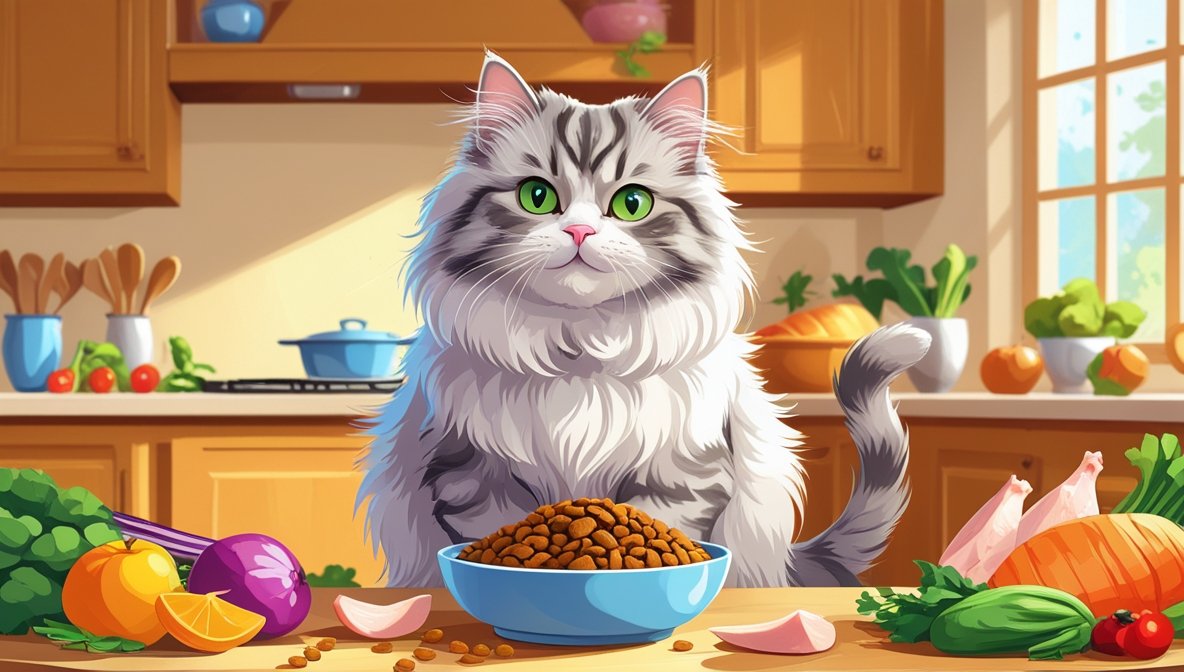
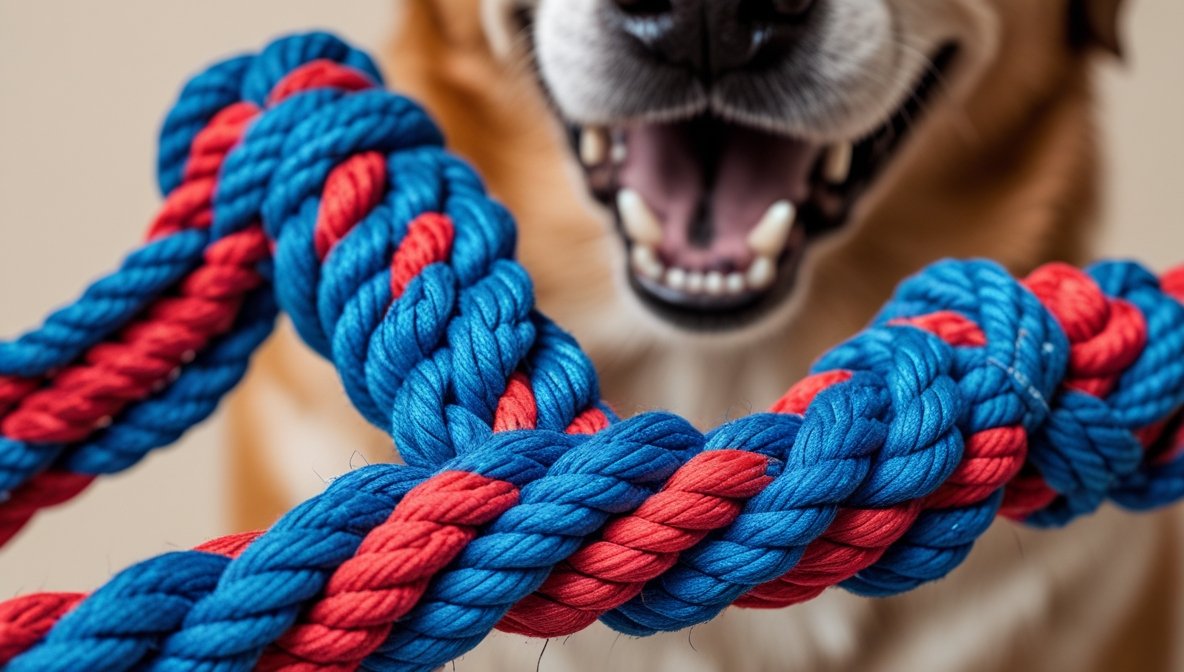
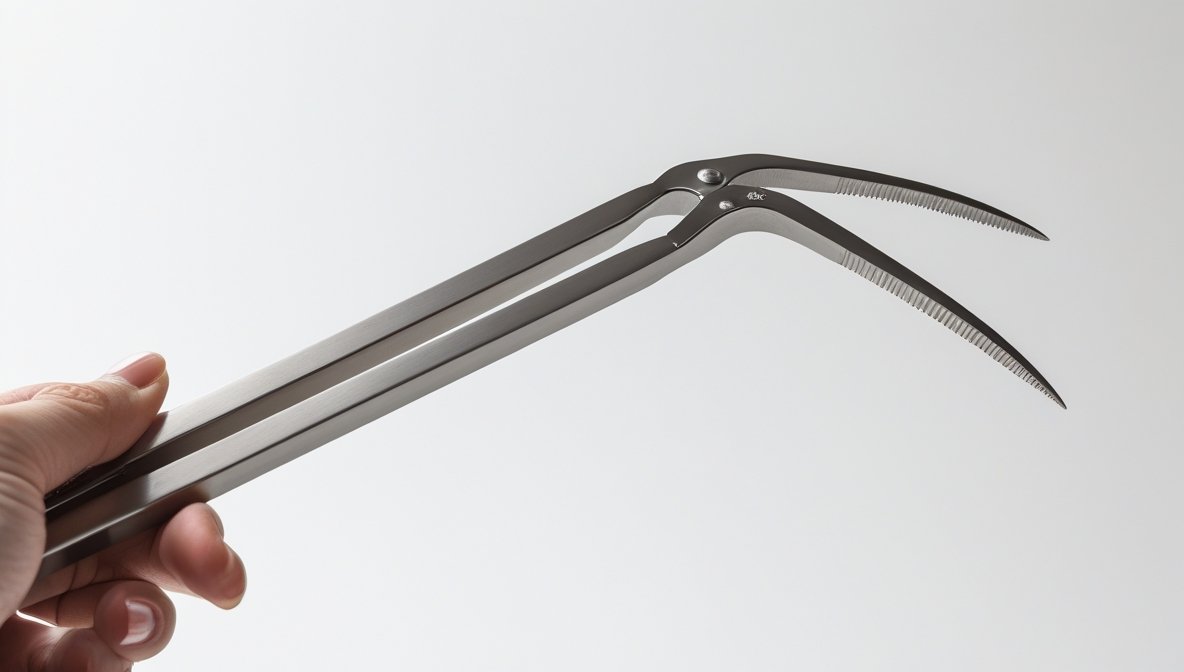
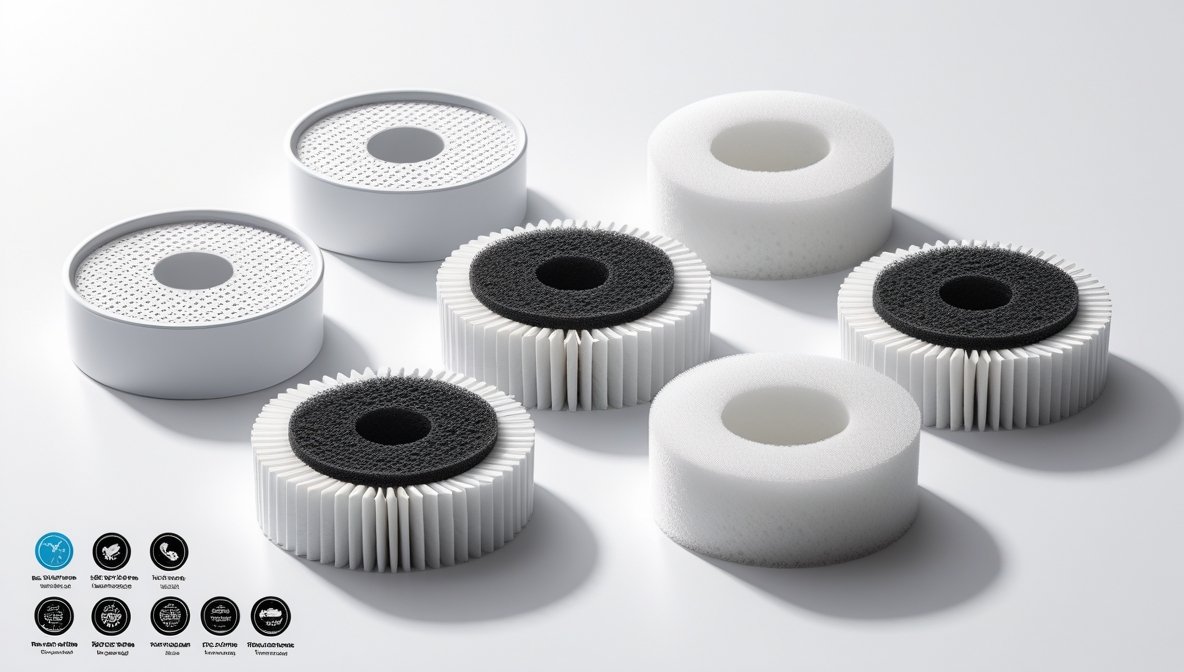

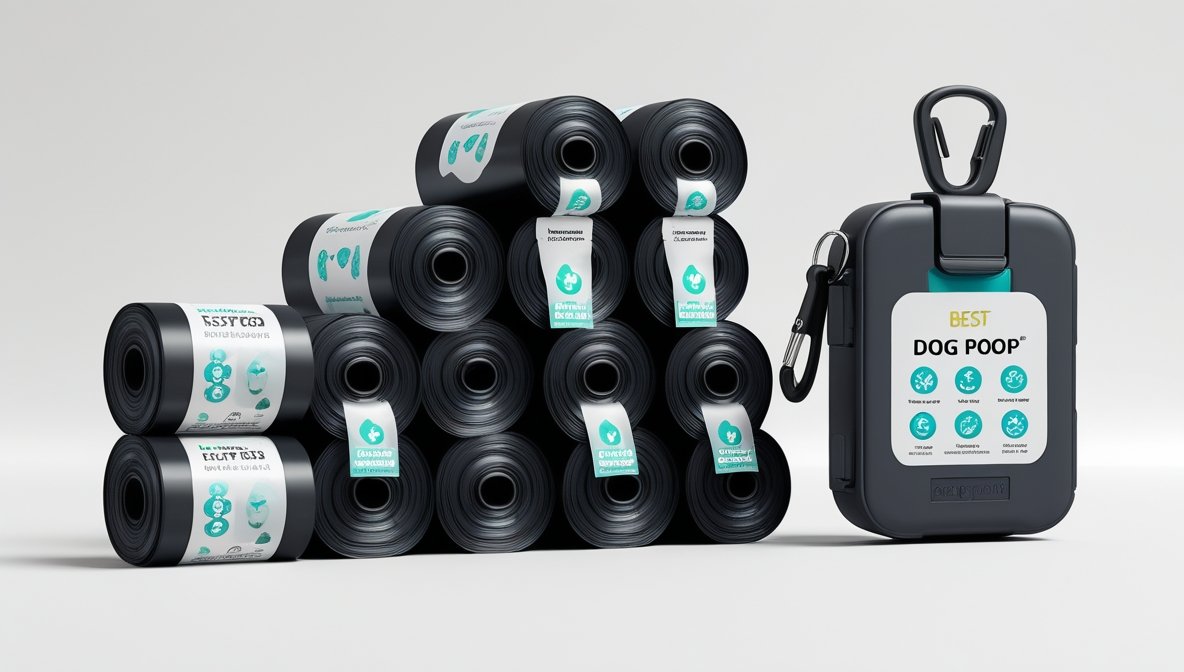


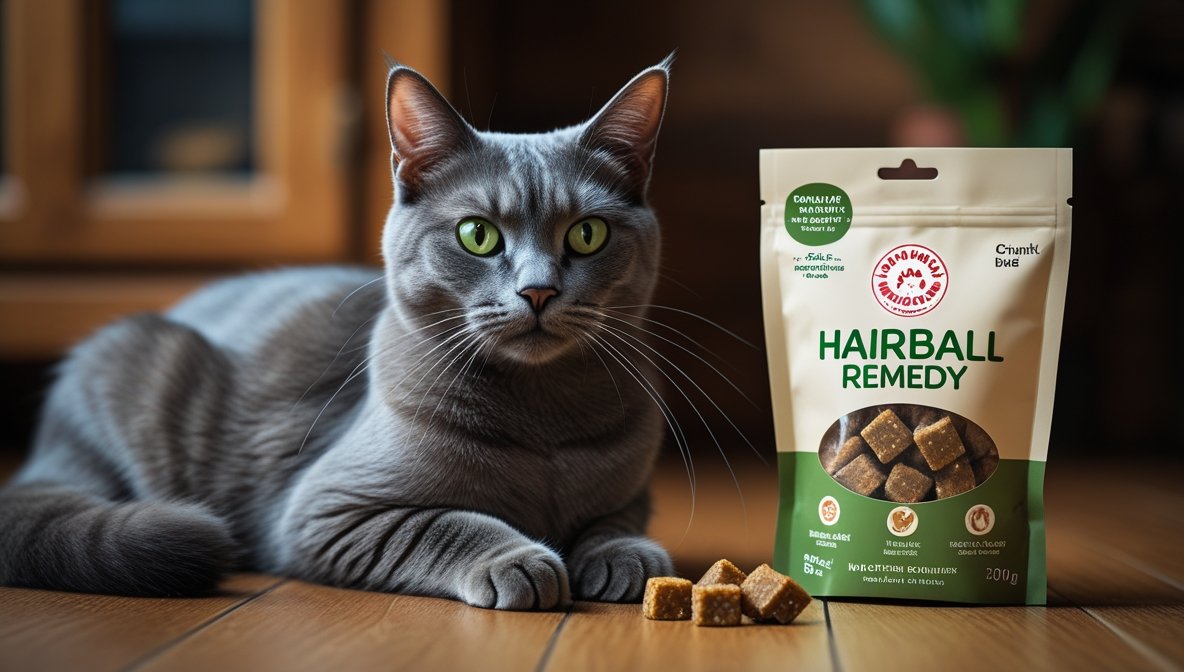

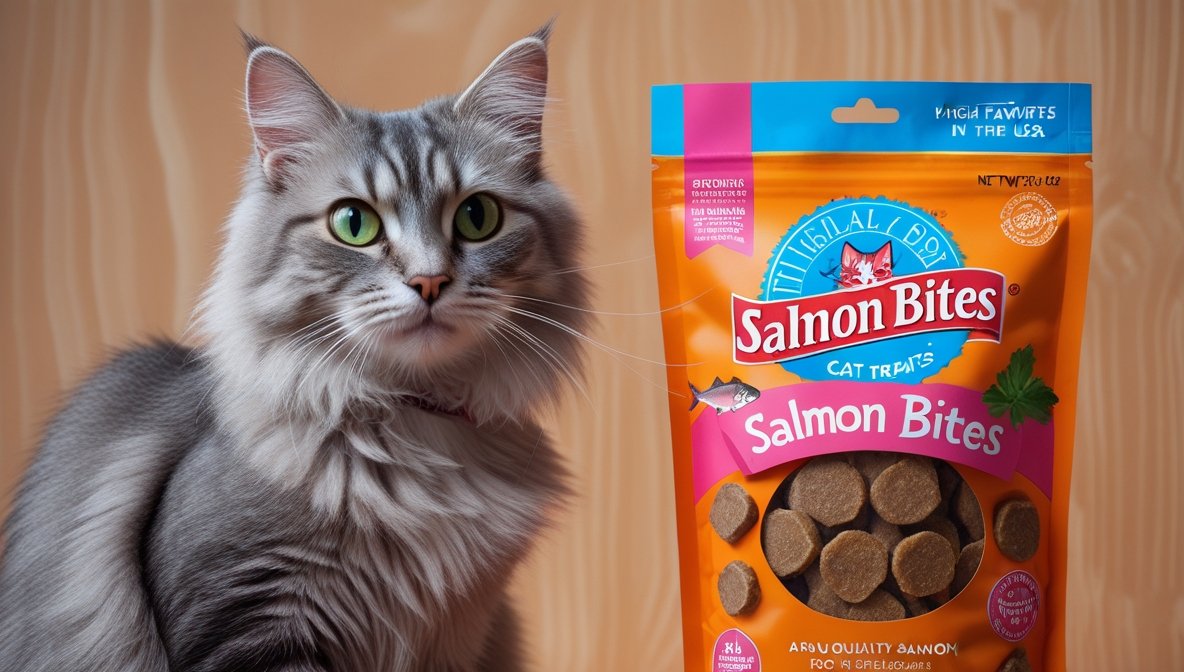
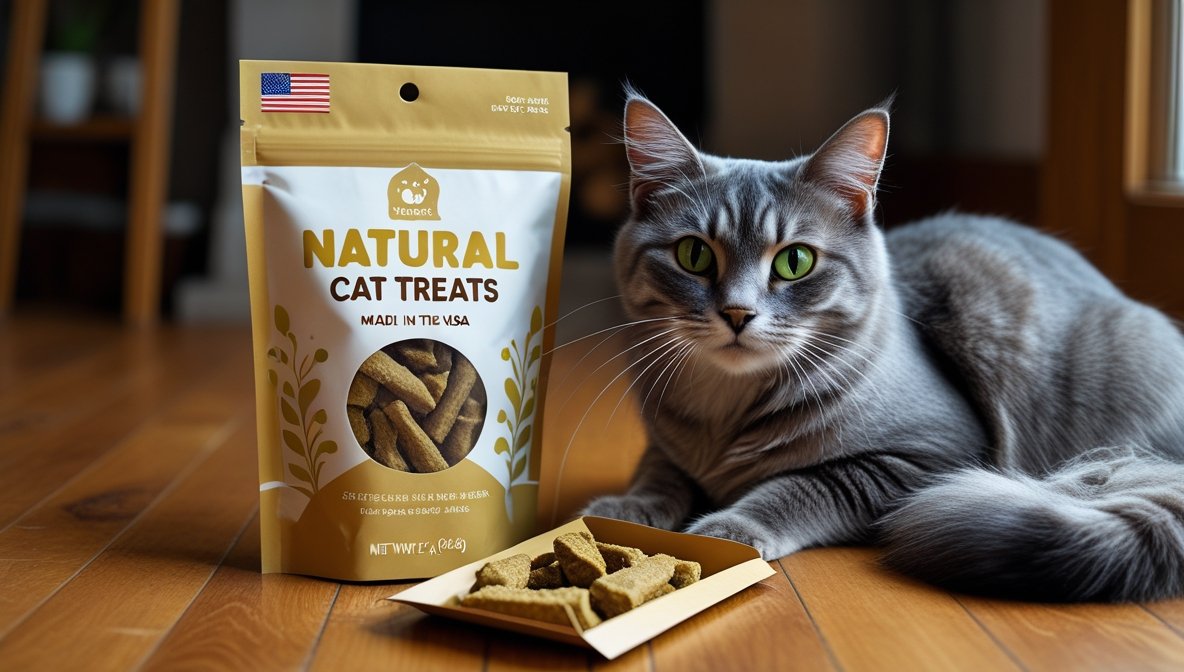
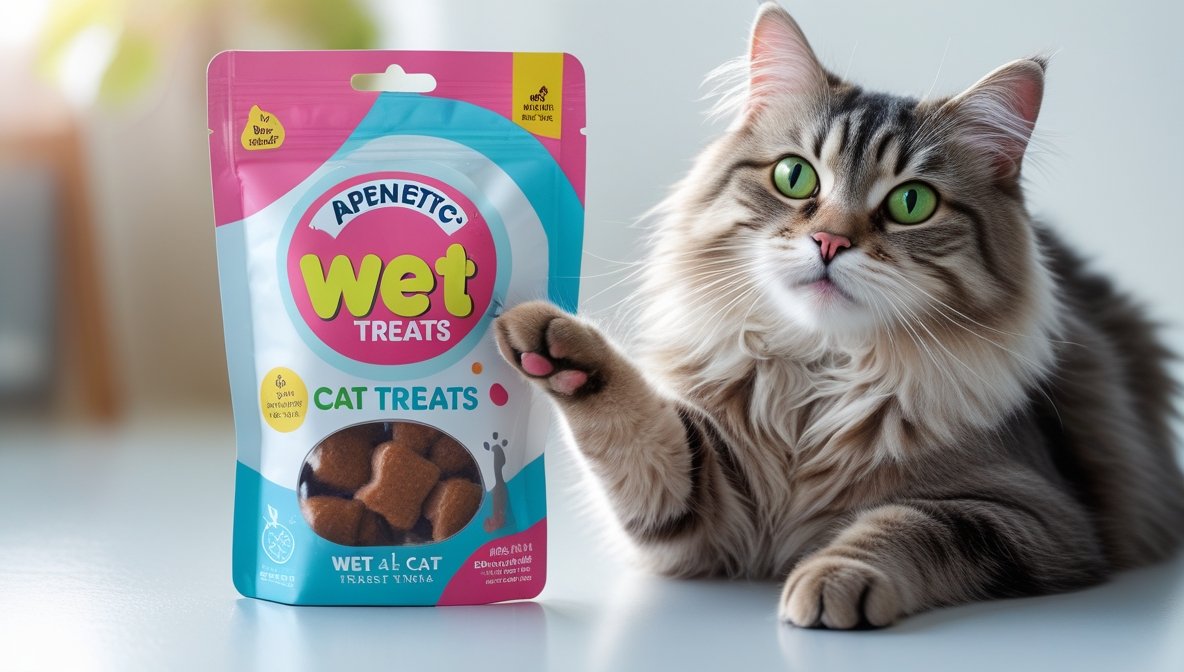
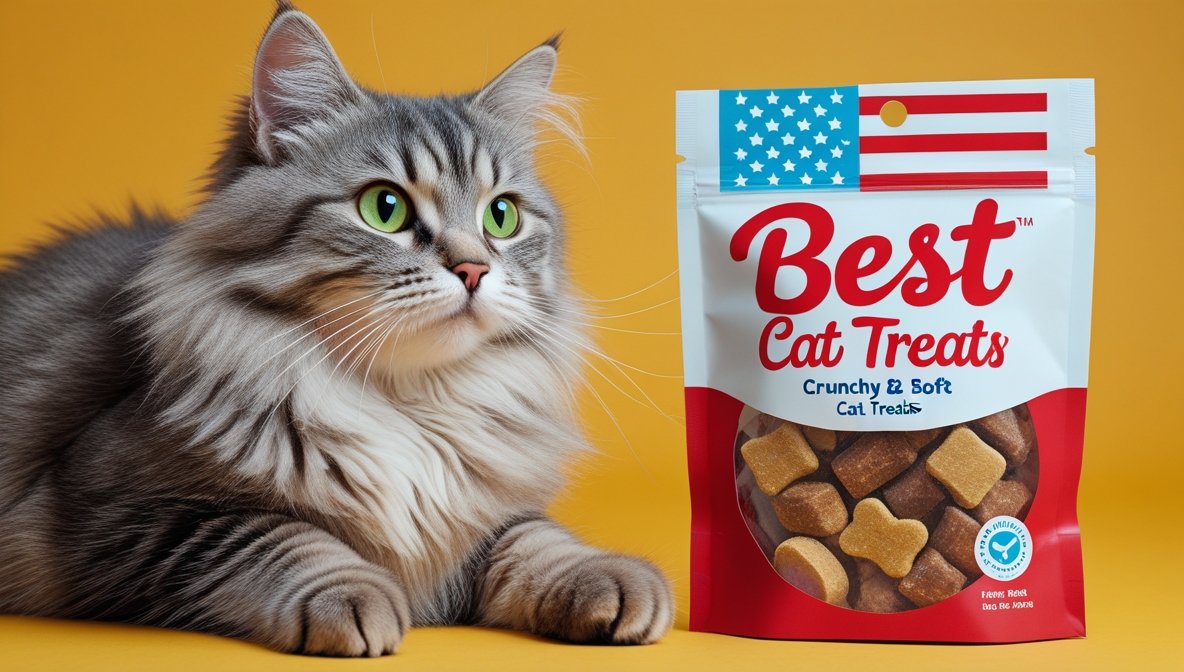
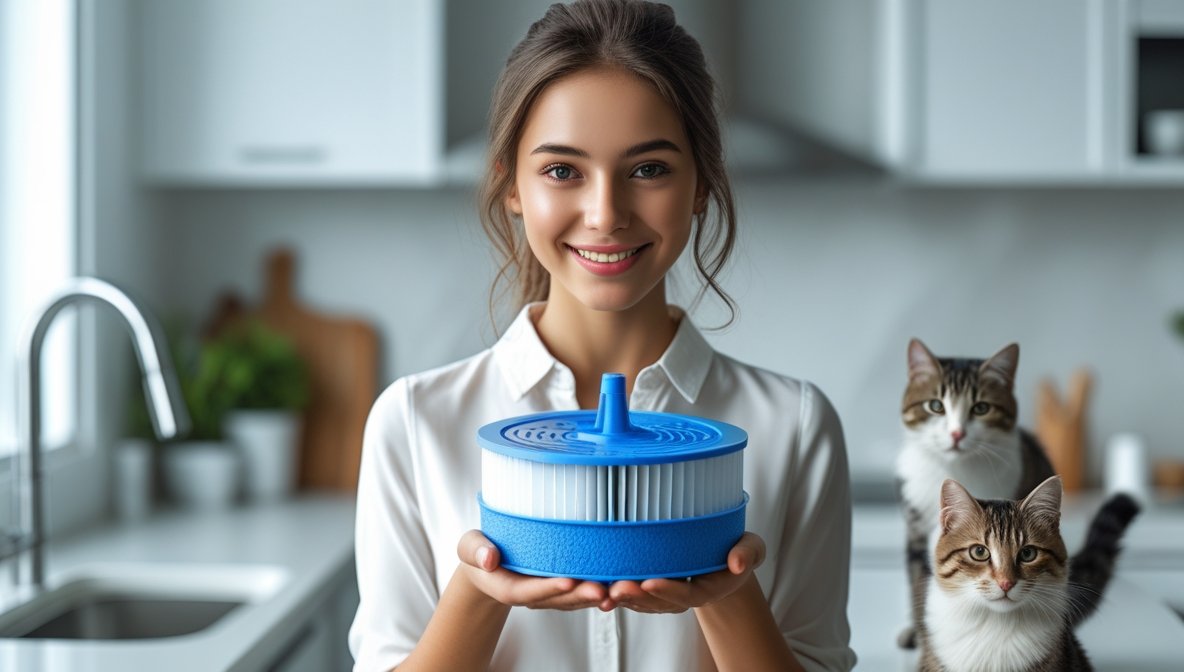
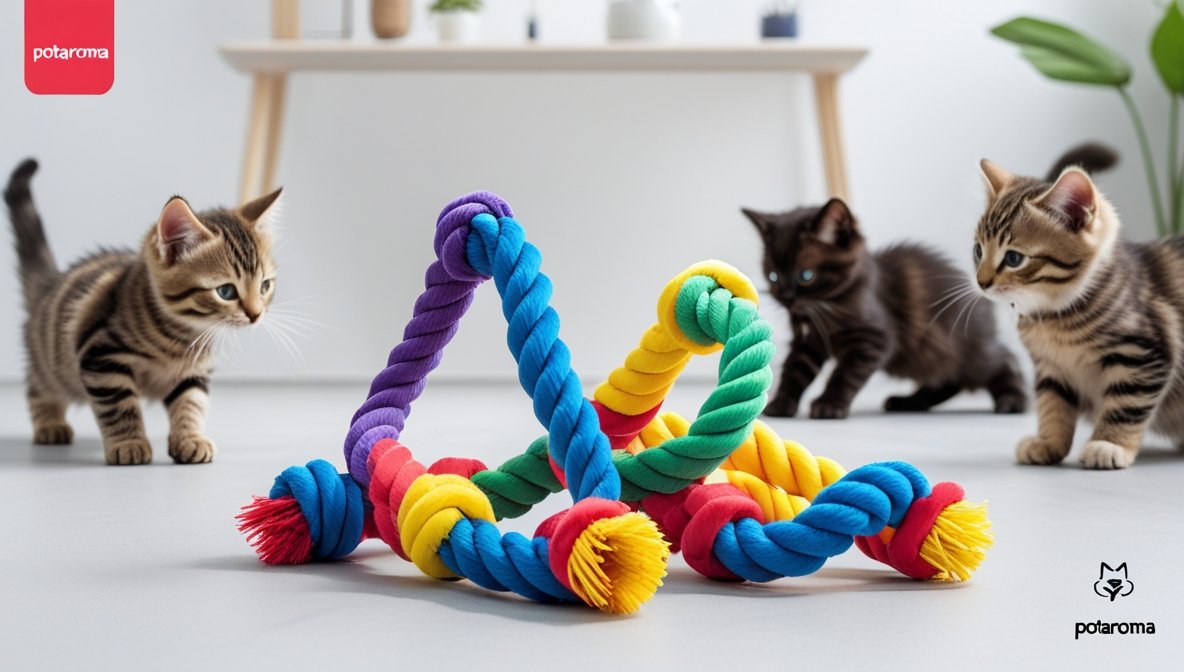
Comment on “Best Hairball Remedy Treats for Cats: Top USA Picks 2025”